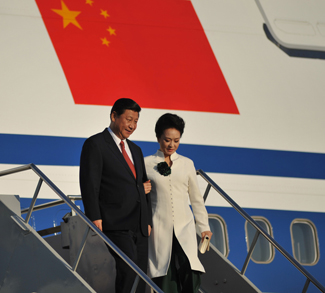Earlier this week, Russia’s Black Sea Fleet reported having intercepted Ukrainian drone attacks targeting Crimea from both air and sea. Since Moscow’s 2022 invasion, Kyiv has persistently targeted Russian assets around Crimea, which was annexed by Russia in 2014 and which Ukraine has vowed to reclaim. Though Kyiv lacks a large navy, it has effectively deployed long-range missiles, airborne drones, and waterborne drones to strike strategic Russian sites, including air bases, logistics hubs, oil terminals, and Black Sea Fleet facilities, particularly its major military base in Sevastopol. These attacks have pressured Moscow to relocate some of its assets further east, to its mainland base in Novorossiysk, leaving the Black Sea Fleet more exposed and creating additional opportunities for Ukraine to strike.
Numerous reports have highlighted the David-and-Goliath nature of the Ukraine war, emphasizing how Ukraine—a state whose population has dropped to just 35 million since the conflict began—has held out for nearly three years against the world’s second most powerful military. The war has served as a valuable lesson for major powers, demonstrating how a smaller country can endure despite an overwhelming disparity in forces, speak nothing of the growing battlefield effectiveness of drone warfare.




